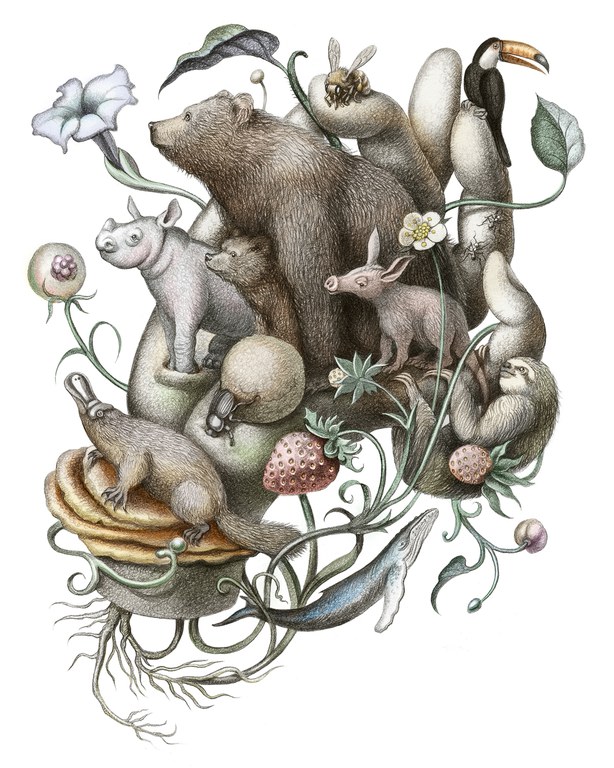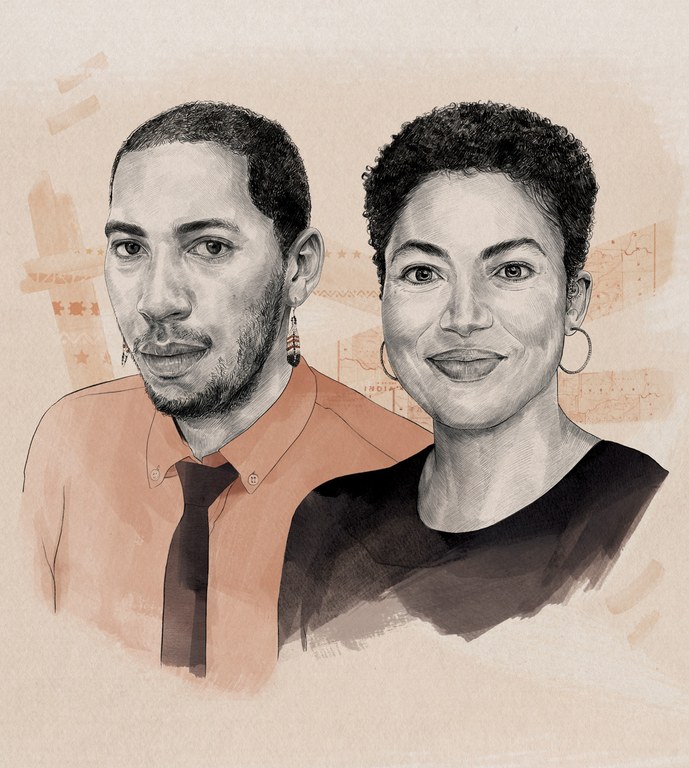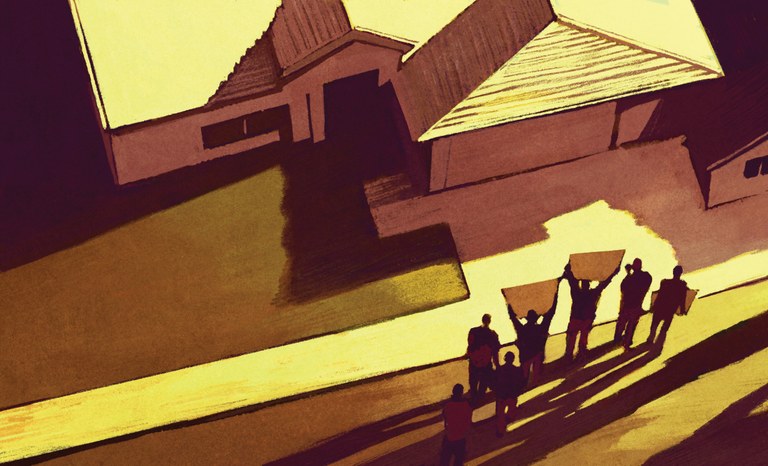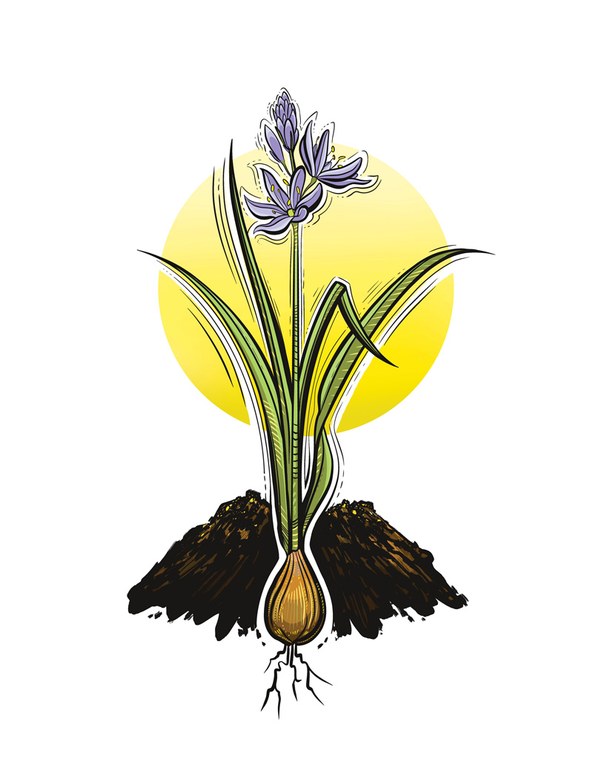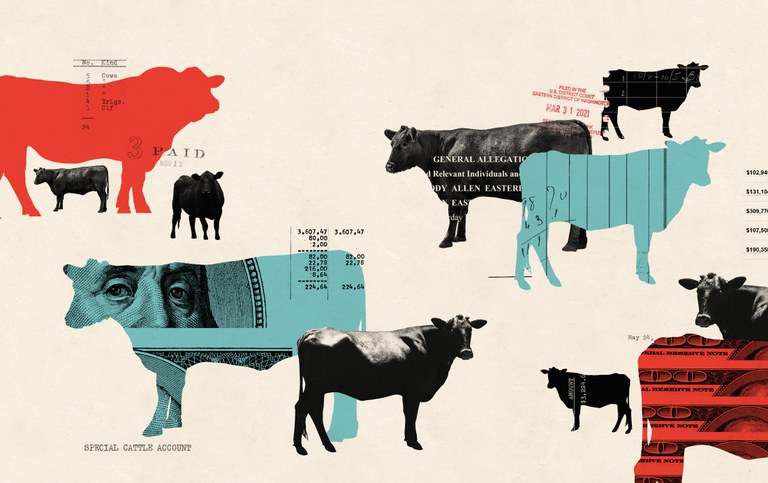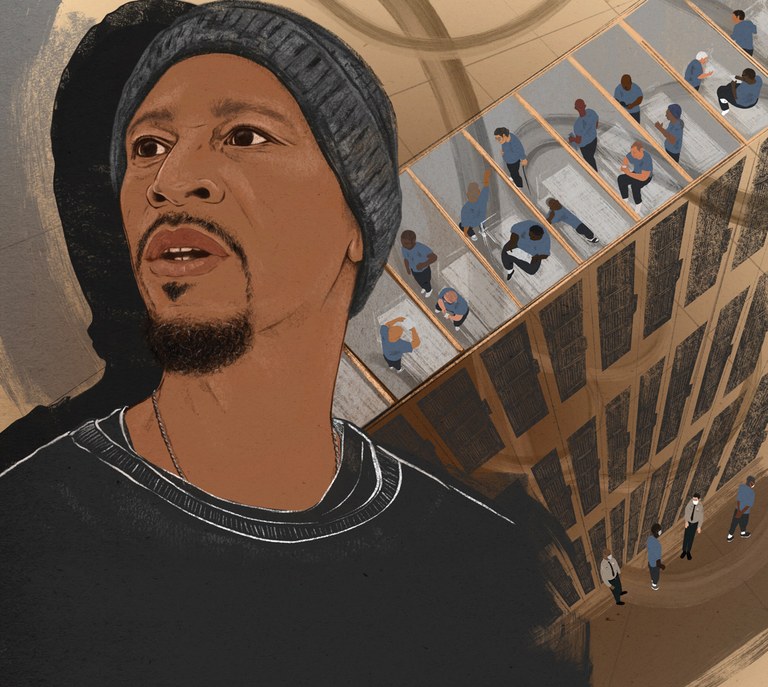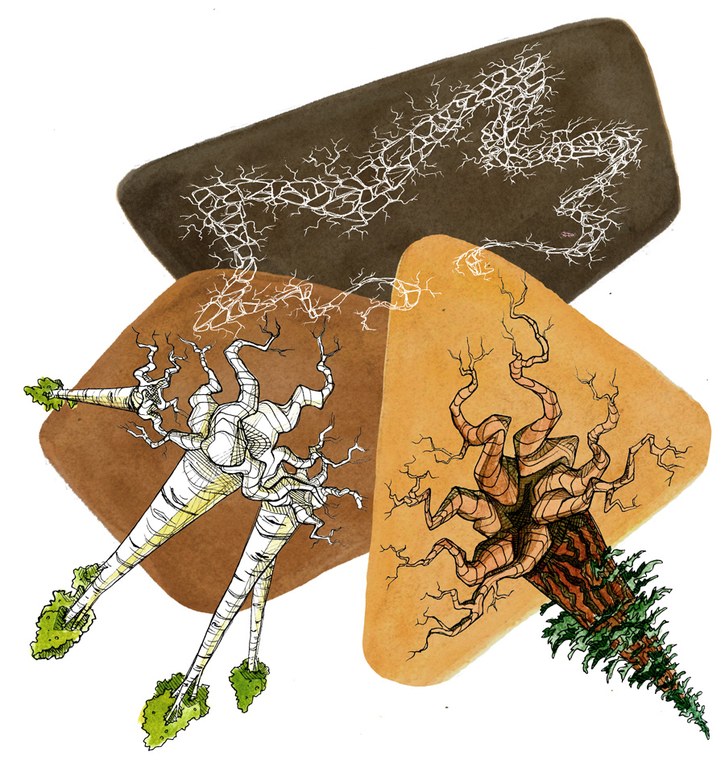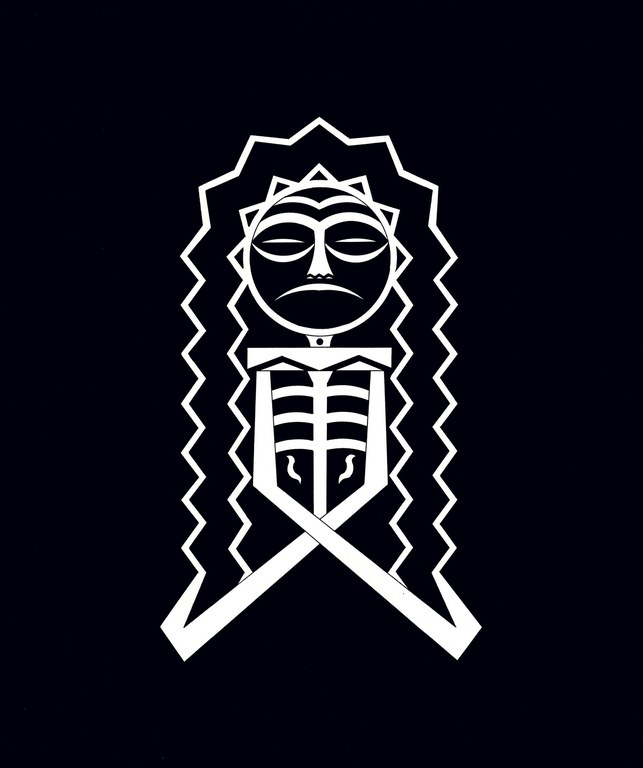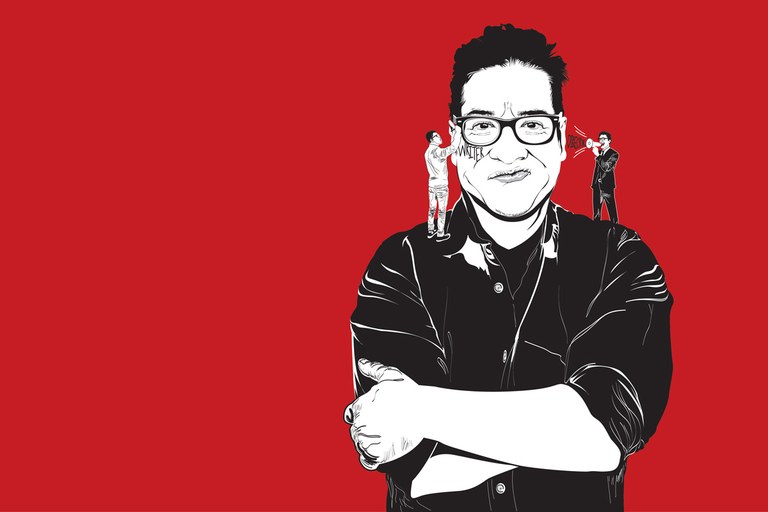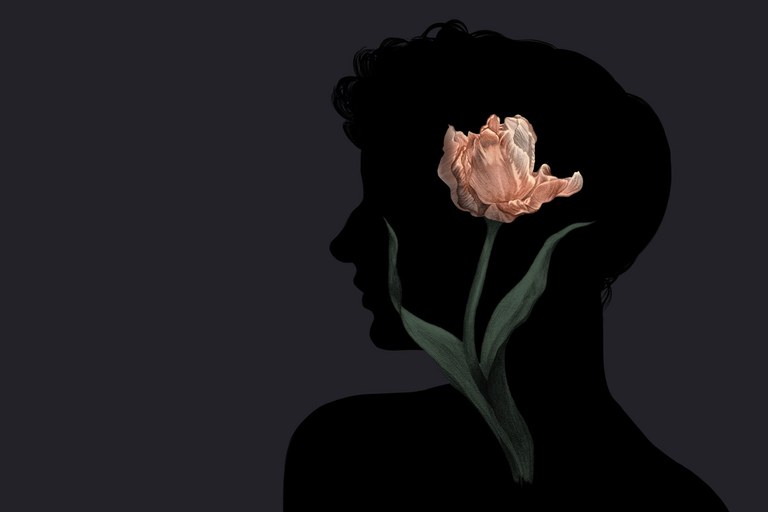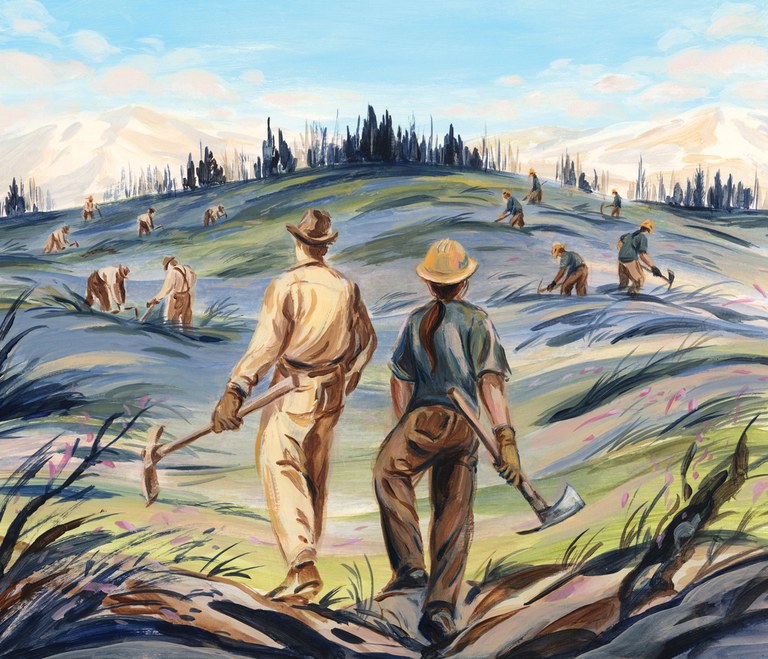Artists helped us visualize the complex subjects our journalists explored.
Sometimes a good picture really is worth a thousand words, especially when it comes to illuminating complex stories about history and community, or topics like isolation and health. This year, HCN’s illustrators helped us tackle some of the more complex subjects our journalists explored.
Amando Veve’s intricate, whimsical illustrations have accompanied Heard Around the West all year long. His approach to this book review was no less stunning.
Lauren Crow’s finely drawn portraits accompany most of our magazine Q&As, including this conversation between Kyle T. Mays and Alaina E. Roberts, in which the two scholars dig into the complex relationship between Black and Native people.
Hokyoung Kim’s moody, atmospheric illustrations underscored the depth of the hostility and isolation that Western public health officers have faced during the COVID-19 pandemic.
Camas root springs to life from the charred ground in Jessica Douglas’ essay on conducting a cultural burn on ancestral land. The artist, Steph Littlebird (Grande Ronde, Kalapuya), is a Siletz tribal member and Kalapuya descendant.
The puzzling jumble of figures in Cristiana Couceiro’s photo illustrations exemplify the tangled plot behind the “Ghost-Cattle Scam,” or “Cattlegate,” which describes how a desperate cattle rancher tricked Tyson into lending him millions of dollars.
Rahsaan “New York” Thomas wrote to us from the inside of California’s San Quentin State Prison, revealing the miserable overcrowding there that has proven at least as dangerous as COVID-19. Illustrator Krystal Quiles takes us deep into the prison’s claustrophobic (and deadly) close quarters.
Suzanne Simard turned Western science upside-down when she confirmed what traditional Indigenous knowledge has known for eons: that trees can, and do, communicate with each other. Abbey Andersen illustrates this with her own upside-down composition, which shows how trees of different species share resources through an intricate network of mycorrhizal fungi.
Greg A. Robinson, a member of the Chinook Indian Nation, works primarily in natural materials such as wood and stone and bone, but his striking graphic paintings captured the enduring soul of his nation, which has been pushing for federal tribal recognition for over 120 years.
The acclaimed series Reservation Dogs helped bring Indigenous filmmaking to the masses, inspiring Jason Asenap (Comanche and Muscogee Creek) to urge his fellow Indigenous critics “to claim this space for ourselves, to express honest, thoughtful opinions on the work.” Jolene Yazzie (Diné) captured the duality that Asenap faces, with a spin on the old cartoon cliché of having both angels and devils whispering into one’s ears.
Daryn Ray’s thoughtful illustration reminds us that gender and identity originate from within, an idea that critic Claire Rudy Foster argues is passed over in Martin J. Smith’s Going to Trinidad, a book about the pioneering surgeon in rural Colorado who performed thousands of gender-affirming surgeries.
Sally Deng’s lively and colorful style echoes the work of many Depression-era Works Progress Administration artists in our review of a history of the Conservation Corps, from its origins as a New Deal outdoor-employment agency for out-of-work white men to today’s new vision of a more inclusive corps focused on clean energy and climate resiliency.
Luna Anna Archey is HCN’s associate photo editor. She lives in Paonia, Colorado. Follow @la_archey
We welcome reader letters. Email Luna at [email protected] or submit a letter to the editor. See our letters to the editor policy.

